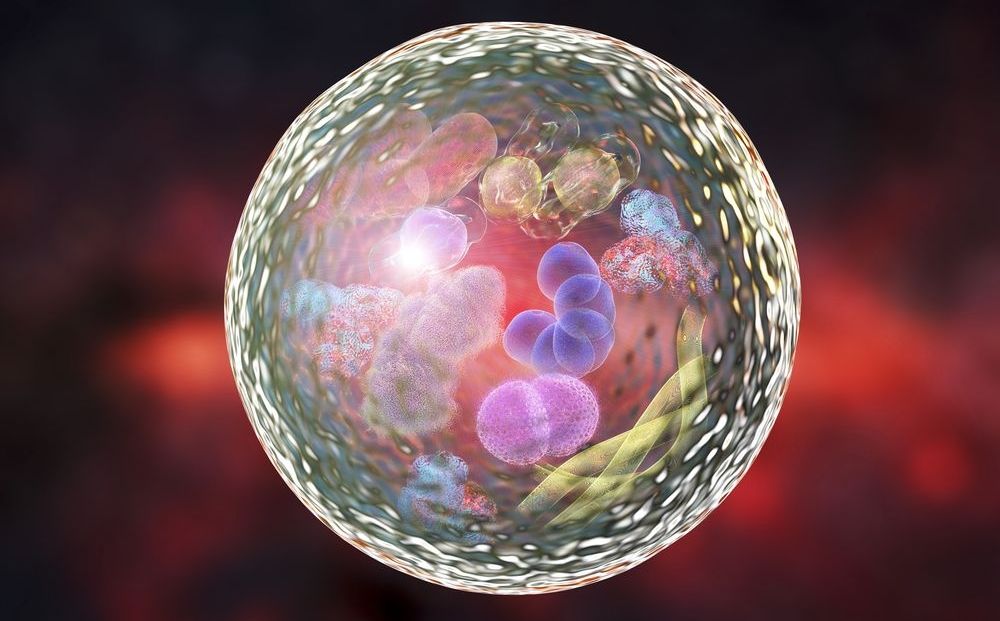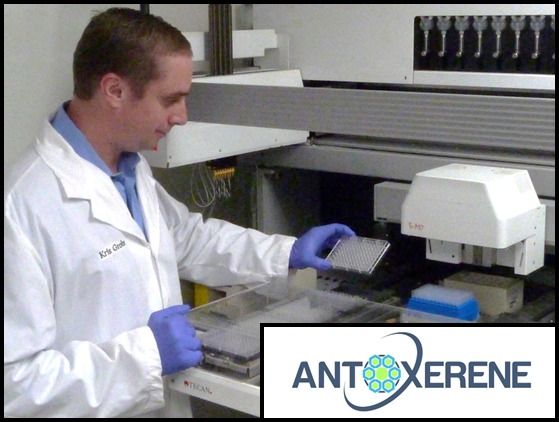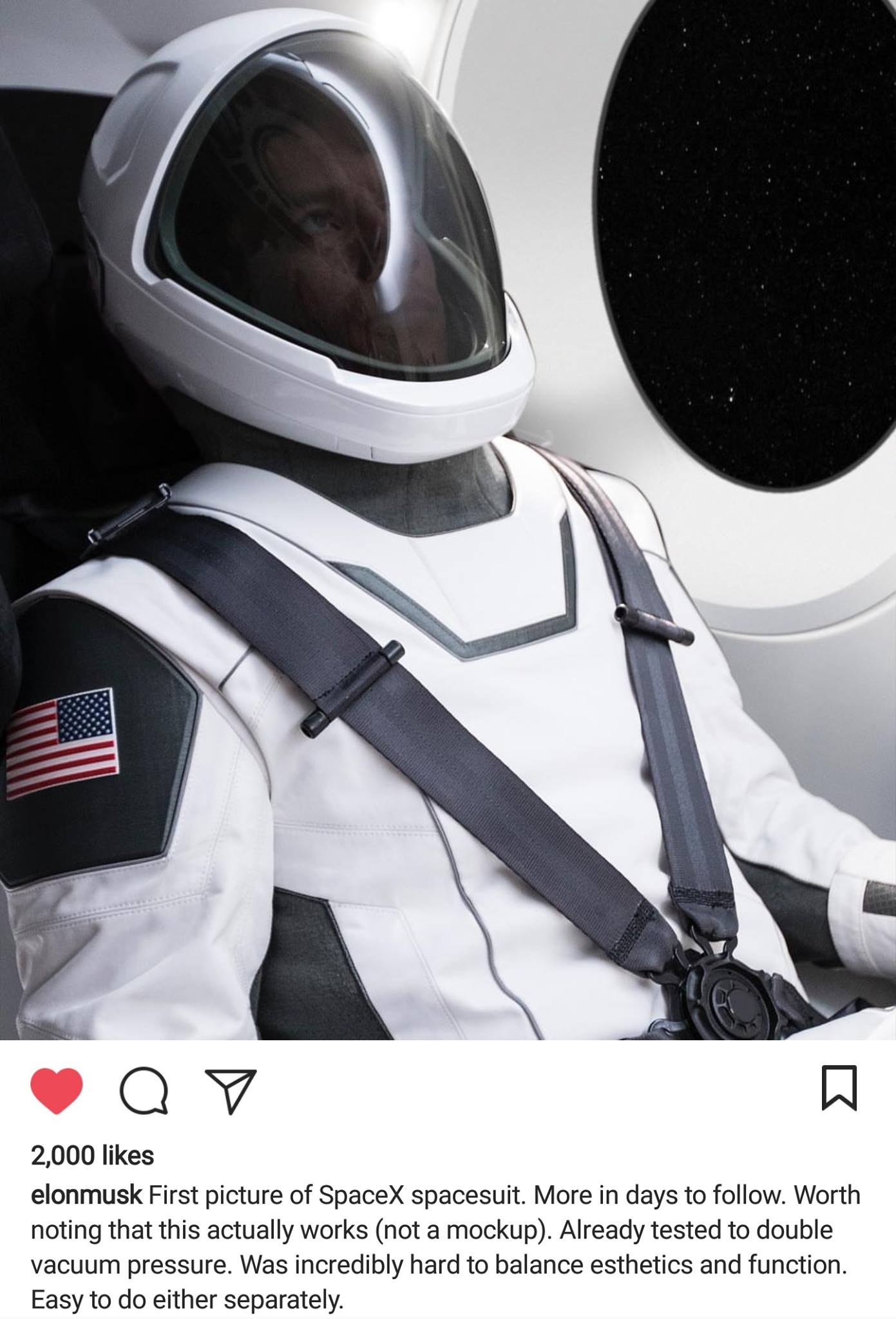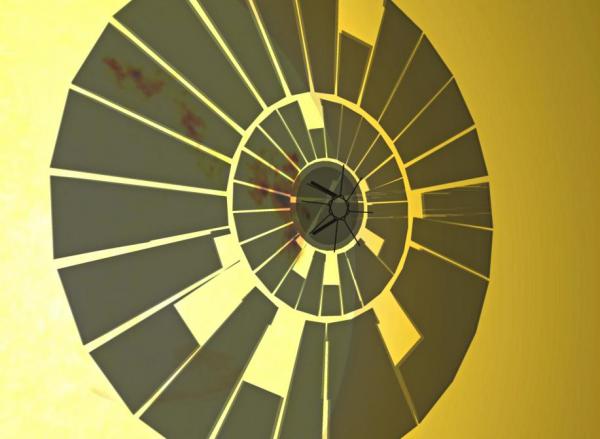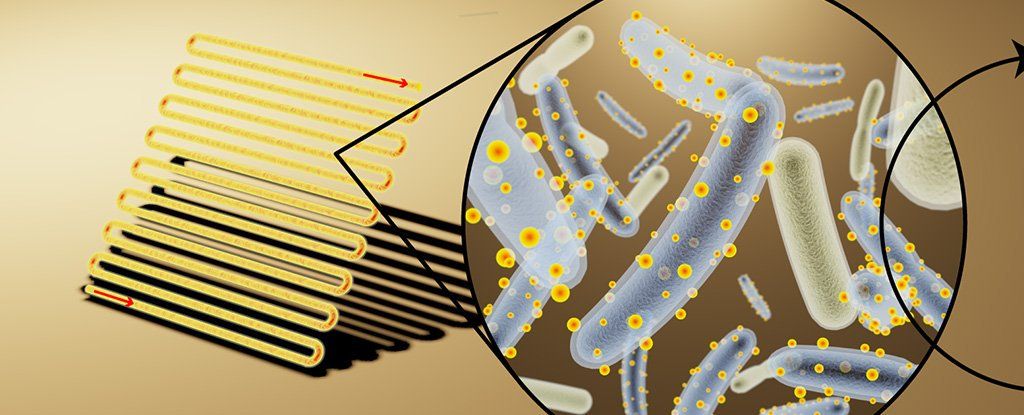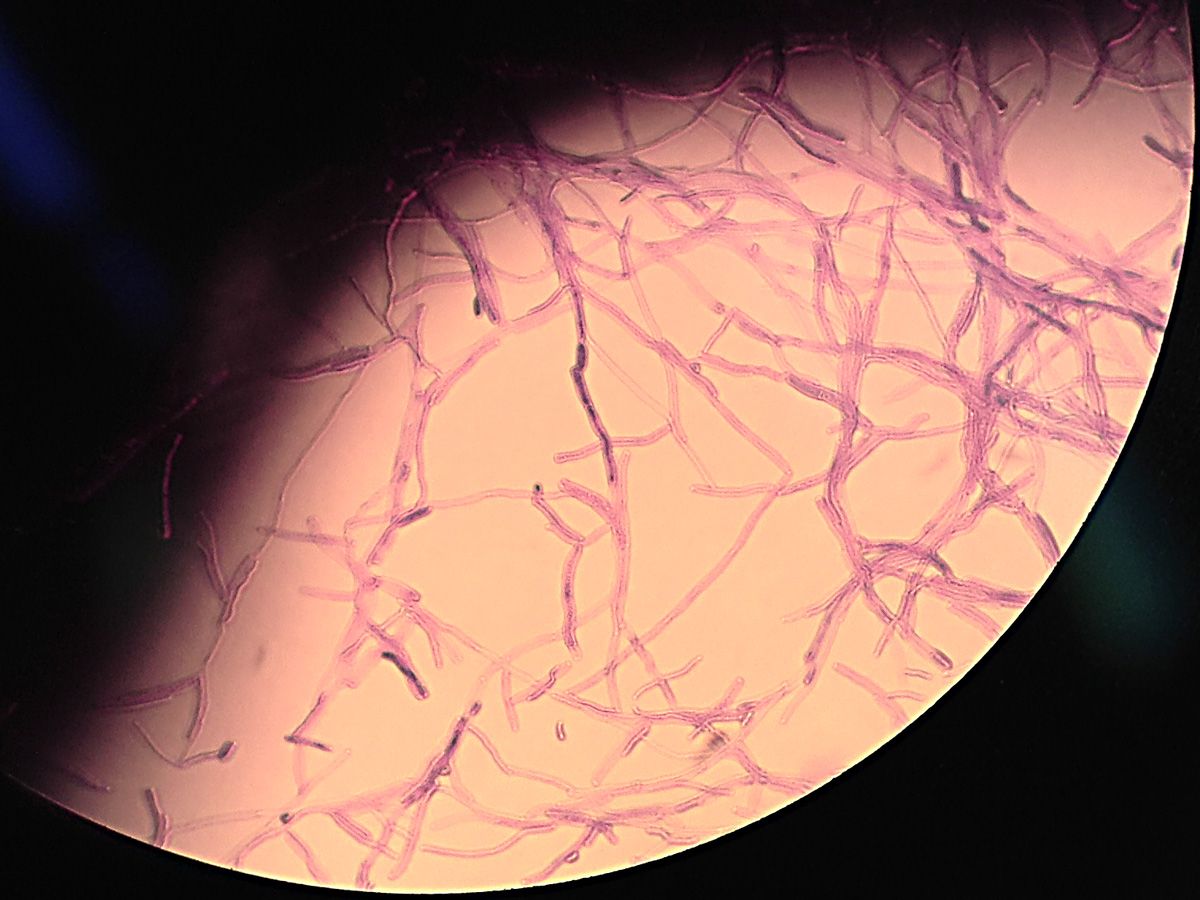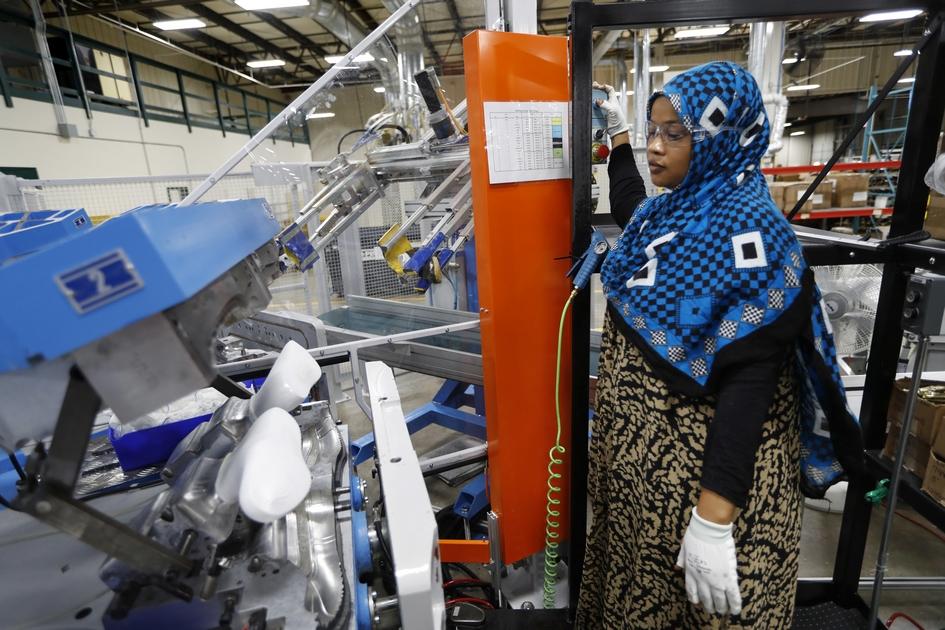Aug 23, 2017
Climate change to be a crisis for the 1%?
Posted by Harry J. Bentham in category: futurism
Point discussed at 1:31 in the video: https://youtu.be/VJ_qtKf64Is?t=1m3s
From the conference text at: https://www.academia.edu/34323947/Mont_Order_July_2017_Conference_Text
- “Climate change not likely to be stopped, likely to result in a crisis. No resources may be left for next generation.“
- “Crises occurred in the past, and the 1% lost the most. The 99% are likely to survive climate change by struggling through anything (droughts, resource shortages, food shortages, economic crashes etc.) whereas the 1% could lose everything.”
- “If the elite crack under pressure as Donald Trump does, this supports the above. The future of the 1% during a climate change crisis could be a larger scale version of the insanity that grips people who suffer a financial loss and become homeless after a relatively normal life.”
- “As above, the Great Depression did not impact average person, but drove stockbrokers and other wealthy people to ruin or suicide.”

